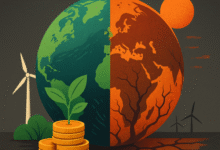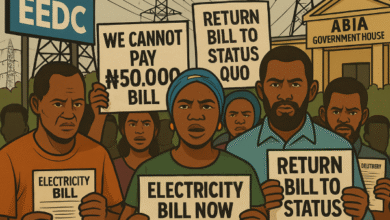World population growth slowing, expected to reach 8bn by year’s end – UN

The global population is continuing to increase but growth is becoming slower, according to a new UN report to mark World Population Day on Monday.
“In 2020, the growth rate of the global population fell under one per cent per year for the first time since 1950,” the report notes.
In spite of the regional differences, John Wilmoth, director of the UN’s Population Division, sees opportunities in this development for developing countries.
Alongside fighting poverty and hunger, there could be benefits in education, because fewer children means more attention per child.
“When the average family size goes down, it becomes possible for both families and societies to invest more in each child and to raise the quality of the education and develop the human capital of the population,” Wilmoth told dpa.
At the same time, lower birth rates mean an ageing population overall and a larger proportion of people being at an age where they need assistance.
This will also be affected by an increase in life expectancy from 72.8 in 2019 to 77.2 in 2050, the UN estimates.
More and more high-income countries will slip into negative population trends, like Japan has already done today.
To maintain a stable growth rate, countries like Germany would need to rely on migration.
Despite the slowdown in growth, the UN expects the world’s population to pass the eight billion mark before the end of the year – probably around Nov. 15.
By 2030, researchers predict around 8.5 billion people, then a peak of around 10.4 billion in 2080.
Numbers are expected to remain at that level until around 2100.
Wilmoth warned that projections for developments 80 years from now should be taken with a grain of salt.
“For the next 30 or 40 years we know pretty well what’s going to happen with the population of individual countries and globally.
But beyond that you’re starting to look at two or three generations out into the future.
In that timeframe, there’s a lot more uncertainty,” he said.
(dpa NAN)











